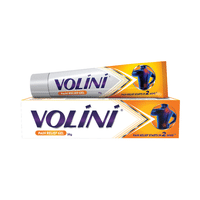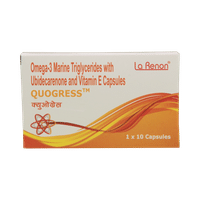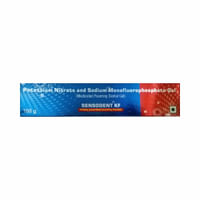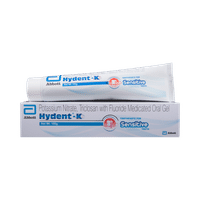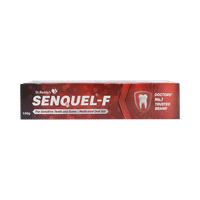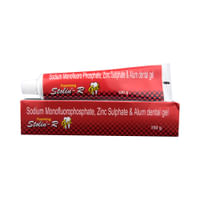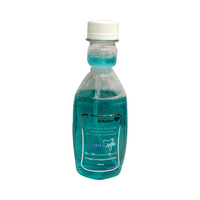Orasep-LA Gel
Rs.119for 1 bottle(s) (15 ml Dental Gel each)
food interaction for Orasep-LA
alcohol interaction for Orasep-LA
pregnancy interaction for Orasep-LA
lactation interaction for Orasep-LA
food
alcohol
pregnancy
lactation
No interaction found/established
No interaction found/established
Information regarding the use of Orasep-LA Gel during pregnancy is not available. Please consult your doctor.
CONSULT YOUR DOCTOR
Orasep-LA Gel is probably safe to use during breastfeeding. Limited human data suggests that the drug does not represent any significant risk to the baby.
SAFE IF PRESCRIBED
SALT INFORMATION FOR Orasep-LA
Lidocaine(5% w/v)
Uses
Lidocaine is used for local anesthesia.
How it works
Lidocaine is a local anesthetic. It works by blocking the transmission of pain signals from the nerves to the brain. This helps to decrease the sensation of pain.
Common side effects
Allergic reaction, Application site reactions (burning, irritation, itching and redness)
Tannic Acid(2% w/v)
Uses
Tannic Acid is used in the treatment of loose and spongy gums.
How it works
Tannic Acid has a protective effect on gums and skin.
Common side effects
No common side effects seen
SUBSTITUTES FOR Orasep-LA
No substitutes foundExpert advice FOR Orasep-LA
- Lidocaine is prescribed to relieve itching and pain caused by scrapes, burns, rashes, bites and eczema.
- Apply it over the affected area with a clean fingertip, three to four times a day or as directed by your doctor.
- Do not apply it to broken or infected areas of skin, face, eyes or eyelids unless instructed to by your doctor.
- Do not cover the area being treated with airtight dressings such as bandages unless directed by a doctor, as this may increase the risk of side effects.
- Avoid contact with eyes, mouth, and nose. In case of accidental contact, rinse thoroughly with water.
- Consult your doctor if your skin condition has not improved after 2-4 weeks of treatment.
- Inform your doctor if you are pregnant, planning pregnancy or breastfeeding.
Frequently asked questions FOR Orasep-LA
Lidocaine
Q. What is Lidocaine used for?
This medication is usually applied by a healthcare professional to the area being treated or to the medical equipment as part of a medical procedure. It helps to numb the area and reduces the discomfort associated with the insertion of medical instruments such as needles or catheters. It also helps to reduce the pain and inflammation in conditions such as heamorrhoids (piles) and anal fissures.
Q. Is Lidocaine toxic?
If Lidocaine is used under the supervision of a doctor or as directed by your doctor, it is generally safe to use. However, using more than what is recommended may lead to a number of serious health issues such as numbness of mouth and throat if swallowed. This can lead to difficulty swallowing and even choking.
Q. How long does it take for Lidocaine to work?
Lidocaine is applied at the start of a medical procedure and takes 3-5 minutes for the numbing effect to occur.













